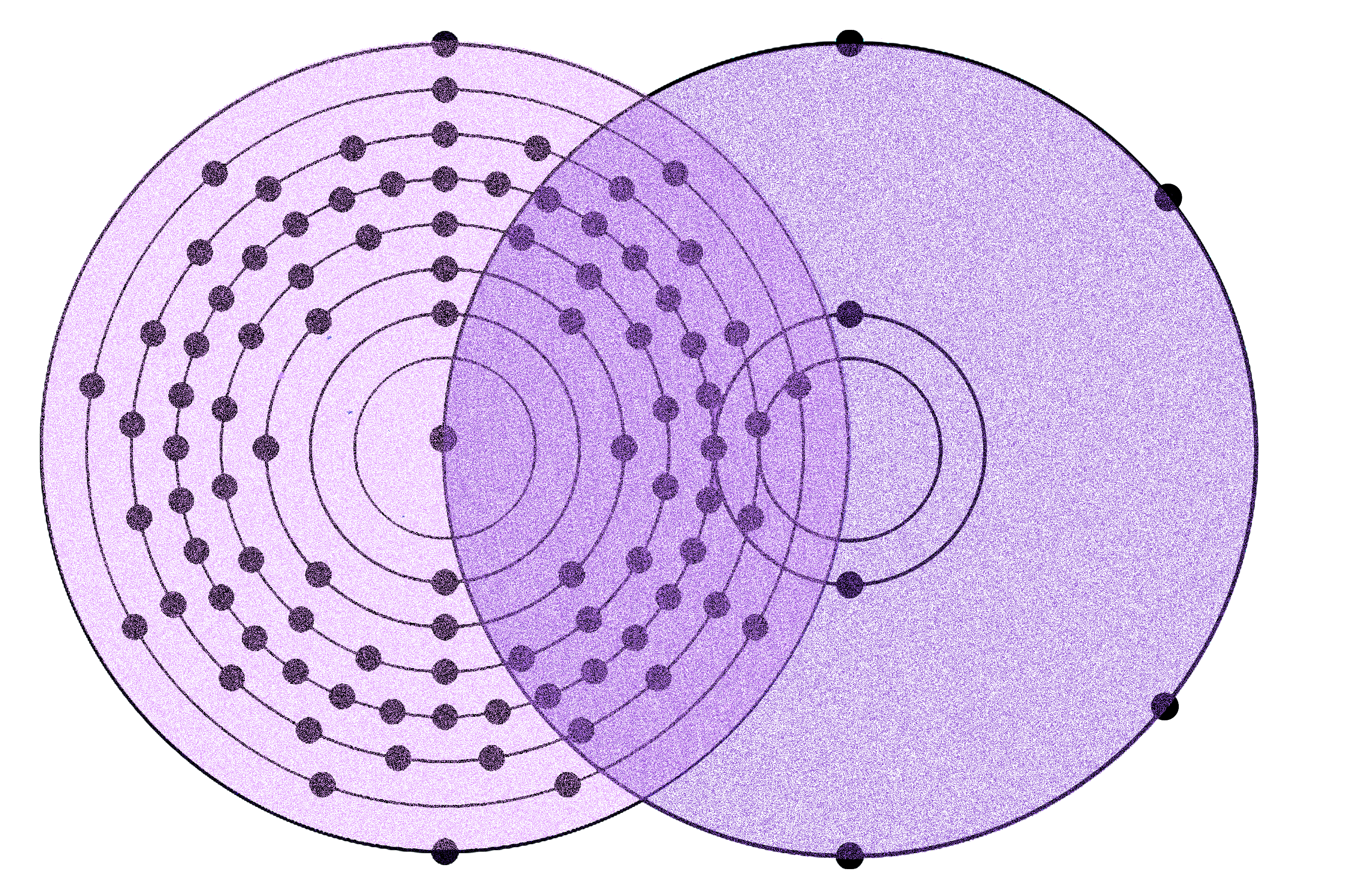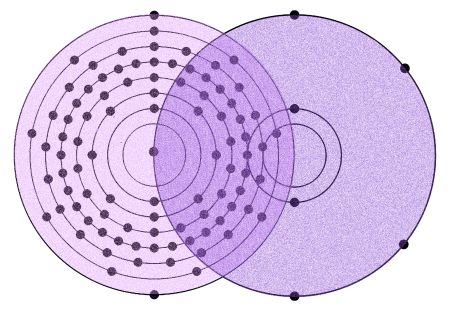Researchers from the Universities of Nottingham and Manchester recently created a once-elusive chemical compound containing a uranium-nitrogen triple bond. Published in Science, their work features the chemical synthesis of the new uranium nitride linkage and a thorough investigation of its properties.
Scientific studies of the uranium nitride linkage were inspired by an interest in the fundamental chemistry of uranium, as well as its possible function as a ceramic fuel for advanced nuclear reactors. In the past, little was known about the reactivity of the uranium nitride linkage, due to the difficulty of isolating and creating the necessary functional group. The triple bond is usually created by reducing dinitrogen or ammonia with uranium at high temperatures and pressures. However, this is a harsh reaction that creates impurities, making it difficult to study the molecule. Attention has more recently peer focused on isolation techniques at low temperature and pressure.
The authors’ synthetic strategy combined a very large, bulky ligand with a two-electron oxidation using sodium azide. The resultant sodium salt was treated with a crown ether, a chemical efficient at chelating cations such as sodium, to free the anionic product in solution. They designed and synthesized the sterically demanding ligand known as TrenTIPS. A large ligand needed to be chosen to protect the reactive uranium core from decomposition via competing side-reactions.
By obtaining an X-ray crystal structure, the scientists determined that product had two U-N bonds bridged by two sodium cat-ions. The chelating cyclic ether 12-crown-4, added later to the reaction mixture, grabbed the sodium ions, revealing the free uranium nitride anionic product. Another X-ray structure revealed the once-elusive functional group U≡N in this compound.
To understand the fundamental properties of the linkage, researchers calculated the electronic structure of the compound. There is one uranium electron residing in the 5f nonbonding orbital. This electron is very easily removed from the valence shell, a testament to its vital importance in chemical reactions. The U≡N triple bond is a result of two π orbitals and one σ orbital, with the σ orbital being higher in energy. The natural bond order of the uranium nitride bond was found to be 30 per cent uranium and 70 per cent nitrogen in character. The U≡N bond order is 2.91, close to three, as expected for a triple-bond.
Transition metal complexes containing multiple bonds to a nitrogen, carbon, or oxygen atoms are critical in a wide range of important chemical and biological transformations.
The researchers were interested in developing new catalysts for chemical reactions involving uranium as the transition metal component. In order to rationally design these catalysts, the stability of various uranium compounds, such as the reported uranium nitride, needed to be investigated. The preparation of the complex allowed for the first comparisons between experimental and computationally-calculated orbital energies of uranium, which were found to match closely. The researchers were also interested in the role of uranium nitride as nuclear fuel in fast neutron nuclear reactors. This compound is considered to be superior to others because it has a higher melting temperature, thermal conductivity, and fissionable density. It is considered to have stable mechanical, thermal, and radiation properties in comparison to uranium fuel.
The new understanding of the physicochemical properties of the uranium nitride linkage will help to more accurately predict long-term stability of this functional group as a ceramic nuclear fuel as this molecule becomes a more likely candidate for practical applications in nuclear reactors.



